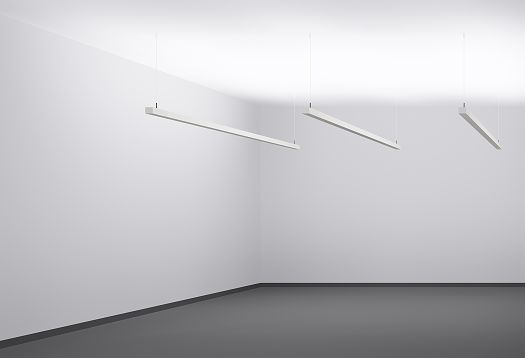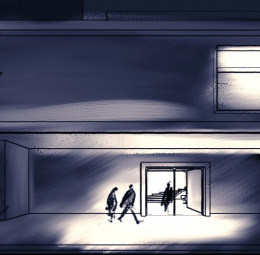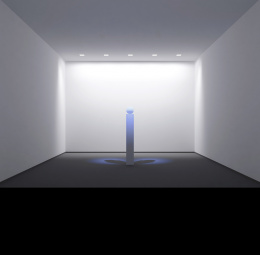
Indirekte Beleuchtung beschreibt eine Beleuchtungsart, bei der Licht über die Reflexion auf eine andere Fläche auf die Zielfläche gelenkt wird. Wenn das Licht einer Leuchte beispielsweise zur Decke oder auf Wände gerichtet und von diesen in den Raum reflektiert wird, spricht man von indirekter Beleuchtung. Die entsprechende Kategorie von Leuchten nennt man Deckenfluter bzw. Wandfluter. Da Decken und Wände in der Regel eine matte Oberfläche haben, entsteht bei der indirekten Beleuchtung ein diffuses, gleichmäßig gestreutes Licht, das keine harten Schatten erzeugt. Die indirekte Beleuchtung wird oft in Kombination mit direkter Beleuchtung verwendet, um eine ausgewogene Mischung aus diffusem und gerichtetem Licht zu erzeugen.









